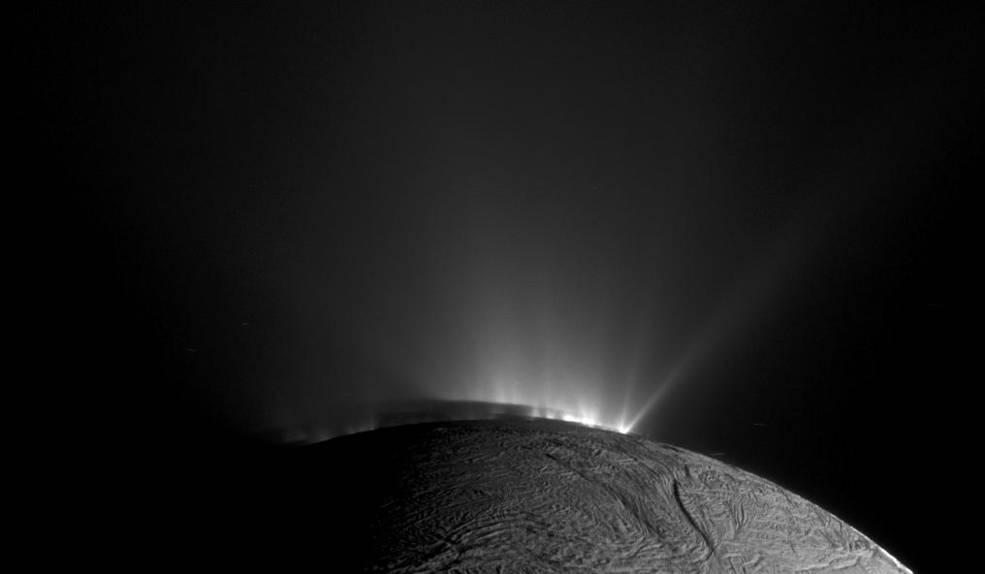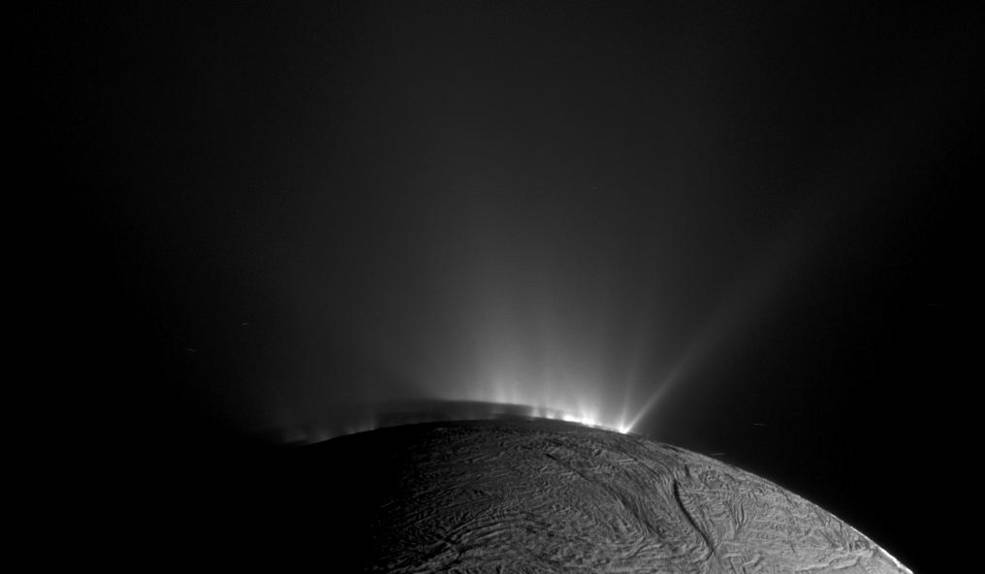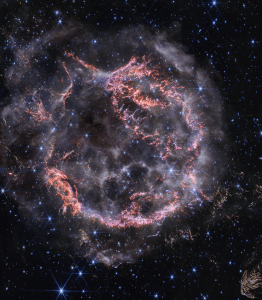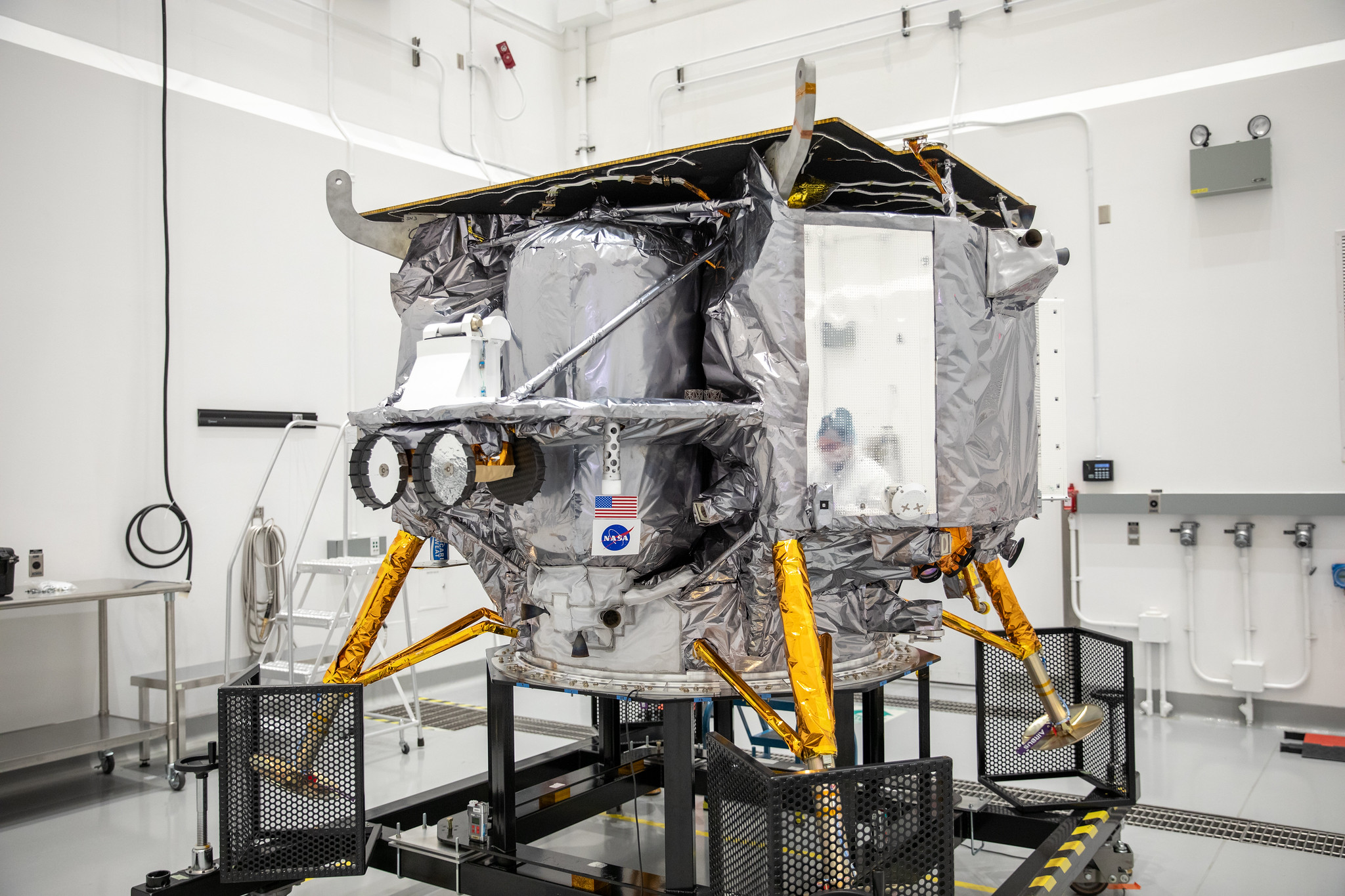NASA: Some Icy Exoplanets May Have Habitable Oceans and Geysers
A NASA study expands the search for life beyond our solar system by indicating that 17 exoplanets (worlds outside our solar system) could have oceans of liquid water, an essential ingredient for life, beneath icy shells. Water from these oceans could occasionally erupt through the ice crust as geysers. The science team calculated the amount […]

5 min read
Preparations for Next Moonwalk Simulations Underway (and Underwater)
A NASA study expands the search for life beyond our solar system by indicating that 17 exoplanets (worlds outside our solar system) could have oceans of liquid water, an essential ingredient for life, beneath icy shells. Water from these oceans could occasionally erupt through the ice crust as geysers. The science team calculated the amount of geyser activity on these exoplanets, the first time these estimates have been made. They identified two exoplanets sufficiently close where signs of these eruptions could be observed with telescopes.
The search for life elsewhere in the Universe typically focuses on exoplanets that are in a star’s “habitable zone,” a distance where temperatures allow liquid water to persist on their surfaces. However, it’s possible for an exoplanet that’s too distant and cold to still have an ocean underneath an ice crust if it has enough internal heating. Such is the case in our solar system where Europa, a moon of Jupiter, and Enceladus, a moon of Saturn, have subsurface oceans because they are heated by tides from the gravitational pull of the host planet and neighboring moons.

These subsurface oceans could harbor life if they have other necessities, such as an energy supply as well as elements and compounds used in biological molecules. On Earth, entire ecosystems thrive in complete darkness at the bottom of oceans near hydrothermal vents, which provide energy and nutrients.
“Our analyses predict that these 17 worlds may have ice-covered surfaces but receive enough internal heating from the decay of radioactive elements and tidal forces from their host stars to maintain internal oceans,” said Dr. Lynnae Quick of NASA’s Goddard Space Flight Center in Greenbelt, Maryland. “Thanks to the amount of internal heating they experience, all planets in our study could also exhibit cryovolcanic eruptions in the form of geyser-like plumes.” Quick is lead author of a paper on the research published on October 4 in the Astrophysical Journal.
The team considered conditions on 17 confirmed exoplanets that are roughly Earth-sized but less dense, suggesting that they could have substantial amounts of ice and water instead of denser rock. Although the planets’ exact compositions remain unknown, initial estimates of their surface temperatures from previous studies all indicate that they are much colder than Earth, suggesting that their surfaces could be covered in ice.
The study improved estimates of each exoplanet’s surface temperature by recalculating using the known surface brightness and other properties of Europa and Enceladus as models. The team also estimated the total internal heating in these exoplanets by using the shape of each exoplanet’s orbit to get the heat generated from tides and adding it to the heat expected from radioactive activity. Surface temperature and total heating estimates gave the ice layer thickness for each exoplanet since the oceans cool and freeze at the surface while being heated from the interior. Finally, they compared these figures to Europa’s and used estimated levels of geyser activity on Europa as a conservative baseline to estimate geyser activity on the exoplanets.
They predict that surface temperatures are colder than previous estimates by up to 60 degrees Fahrenheit (16 degrees Celsius). Estimated ice shell thickness ranged from about 190 feet (58 meters) for Proxima Centauri b and one mile (1.6 kilometers) for LHS 1140 b to 24 miles (38.6 kilometers) for MOA 2007 BLG 192Lb, compared to Europa’s estimated average of 18 miles (almost 29 kilometers). Estimated geyser activity went from just 17.6 pounds per second (about 8 kilograms/second) for Kepler 441b to 639,640 pounds/second (290,000 kilograms/second) for LHS 1140 b and 13.2 million pounds/second (six million kilograms/second) for Proxima Centauri b, compared to Europa at 4,400 pounds/second (2,000 kilograms/second).
“Since our models predict that oceans could be found relatively close to the surfaces of Proxima Centauri b and LHS 1140 b, and their rate of geyser activity could exceed Europa’s by hundreds to thousands of times, telescopes are most likely to detect geological activity on these planets,” said Quick, who is presenting this research December 12 at the American Geophysical Union meeting in San Francisco, California.
This activity could be seen when the exoplanet passes in front of its star. Certain colors of starlight could be dimmed or blocked by water vapor from the geysers. “Sporadic detections of water vapor in which the amount of water vapor detected varies with time, would suggest the presence of cryovolcanic eruptions,” said Quick. The water might contain other elements and compounds that could reveal if it can support life. Since elements and compounds absorb light at specific “signature” colors, analysis of the starlight would let scientists determine the geyser’s composition and evaluate the exoplanet’s habitability potential.
For planets like Proxima Centauri b that don’t cross their stars from our vantage point, geyser activity could be detected by powerful telescopes that are able to measure light that the exoplanet reflects while orbiting its star. Geysers would expel icy particles at the exoplanet’s surface which would cause the exoplanet to appear very bright and reflective.
The research was funded by NASA’s Habitable Worlds Program, the University of Washington’s Astrobiology Program, and the Virtual Planetary Laboratory, a member of the NASA Nexus for Exoplanet System Science coordination group.








































